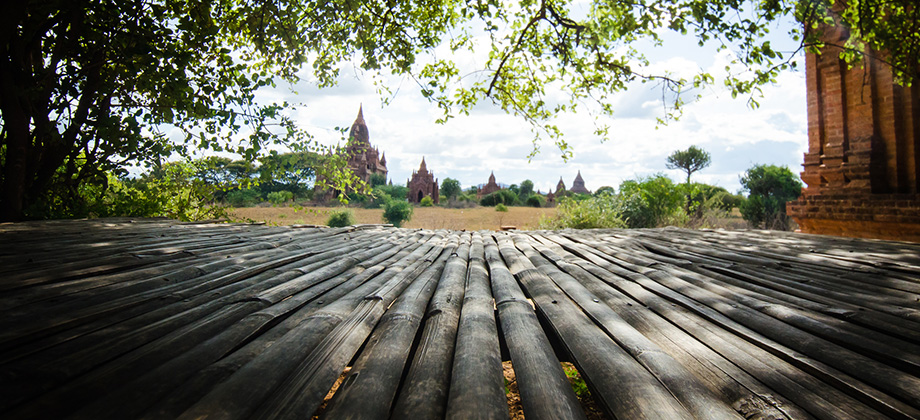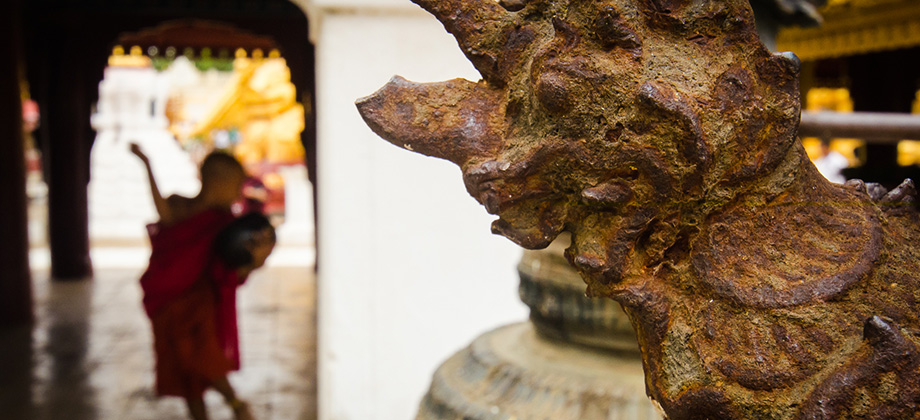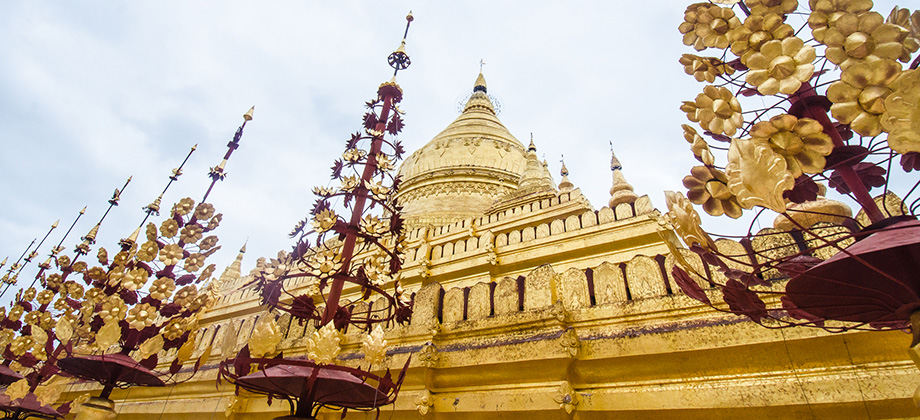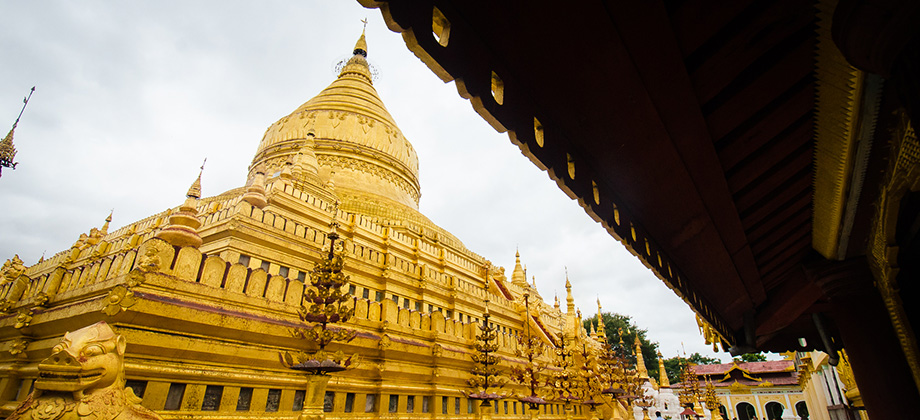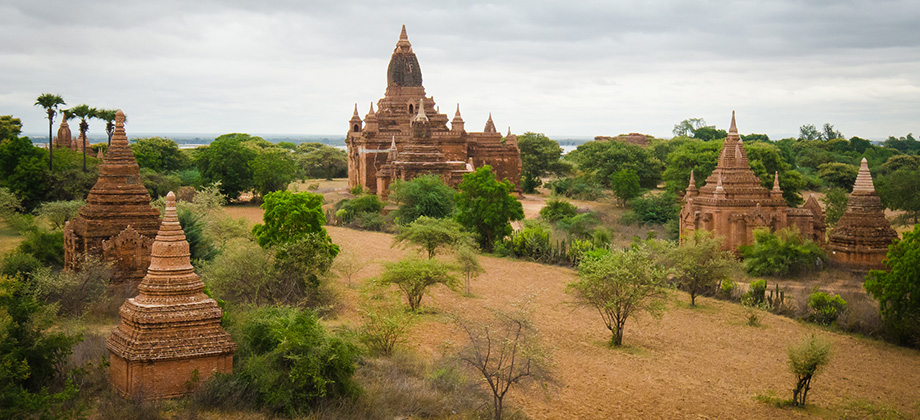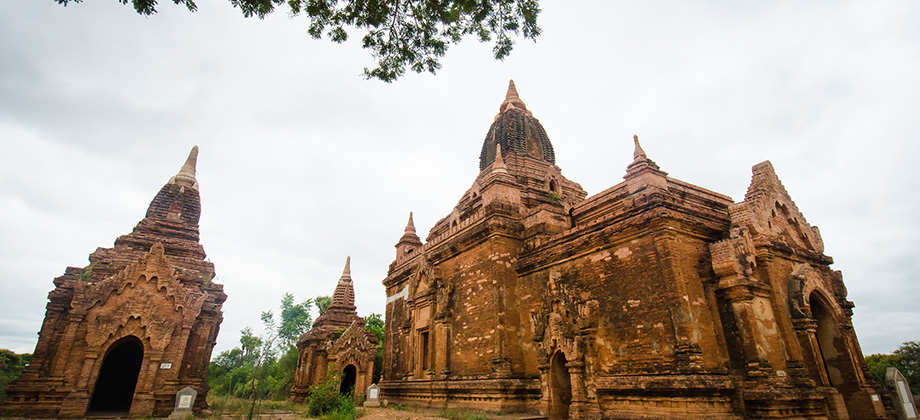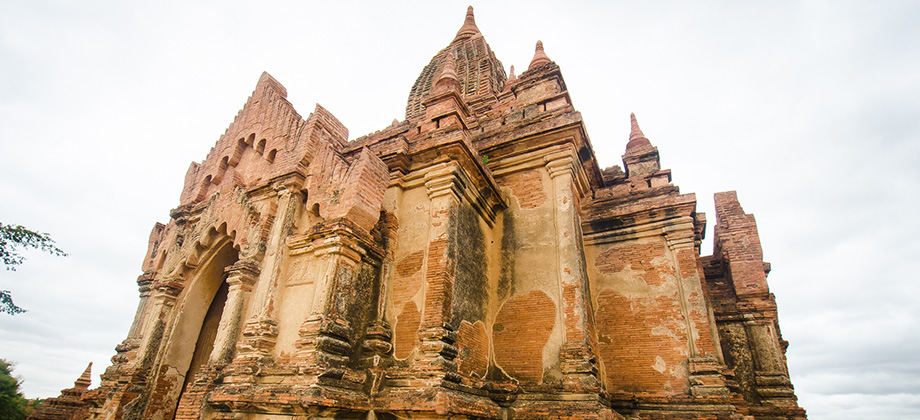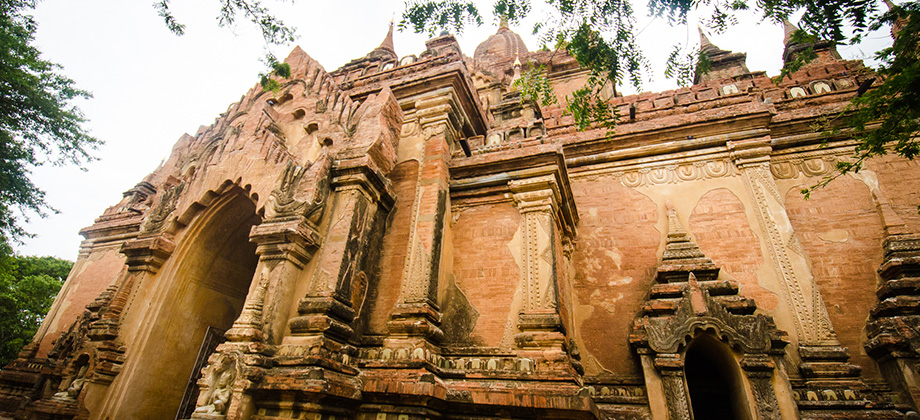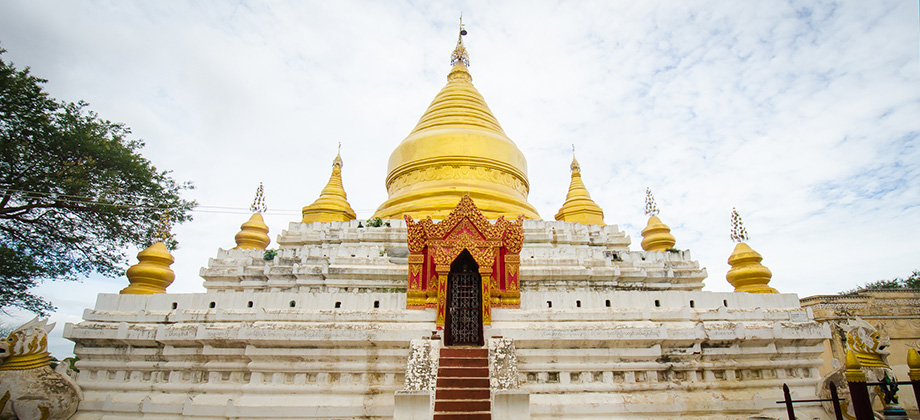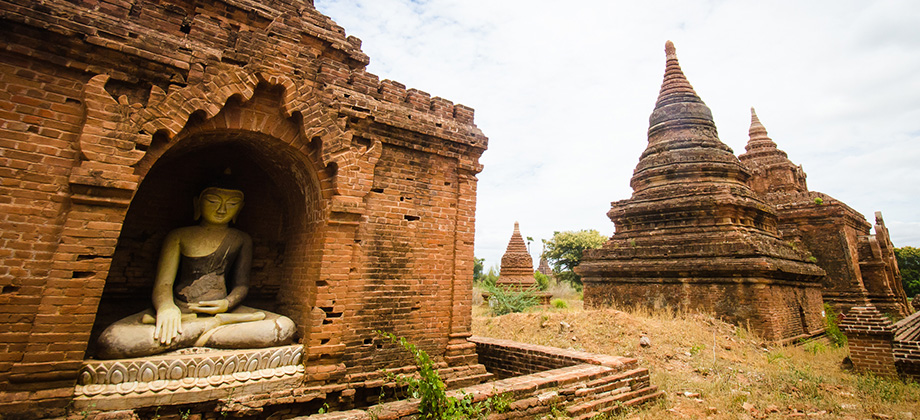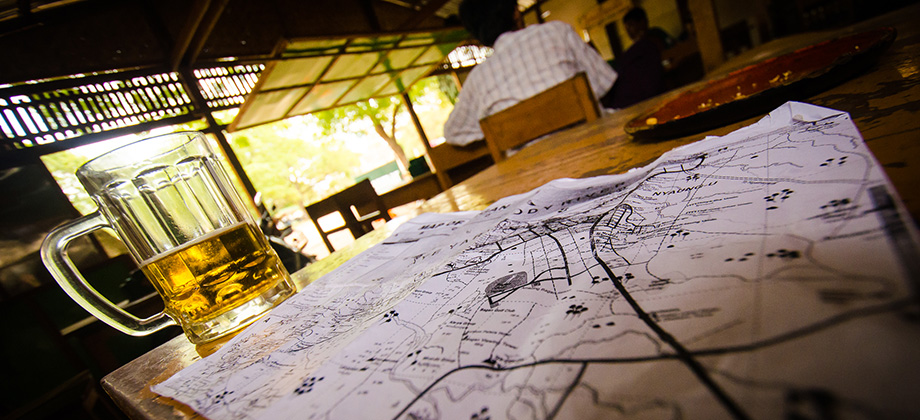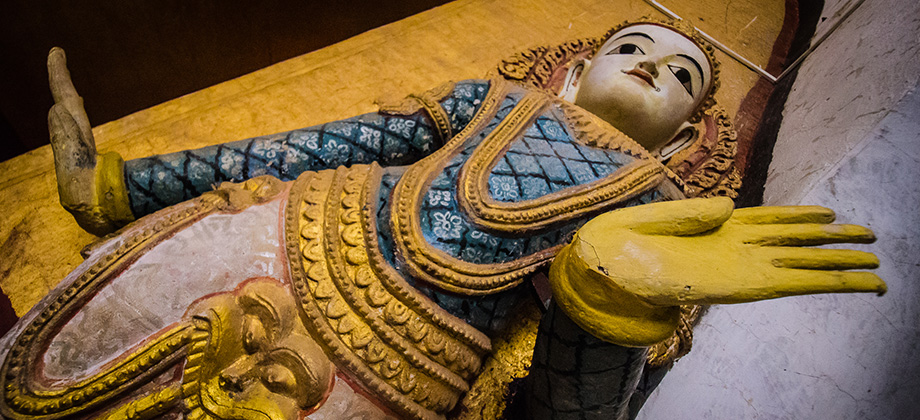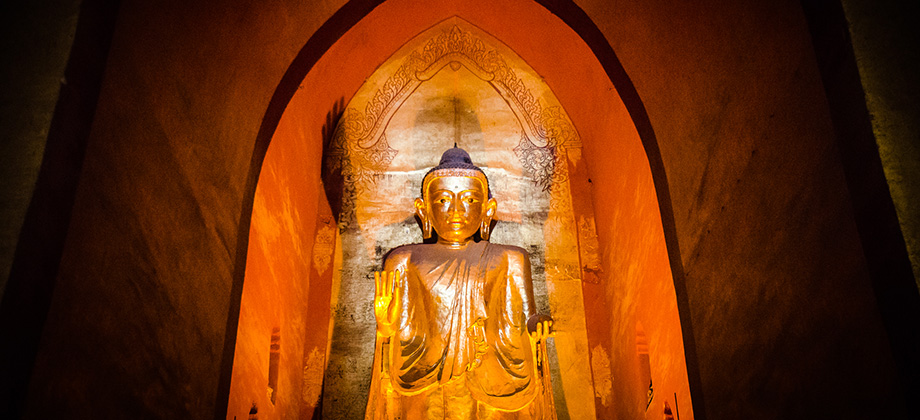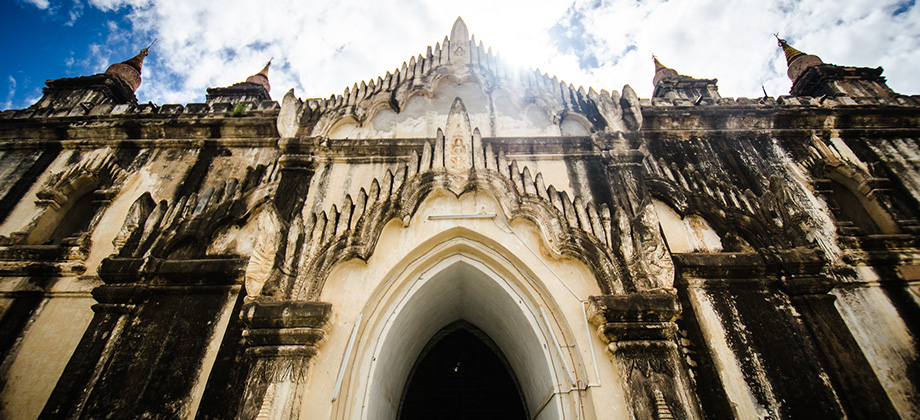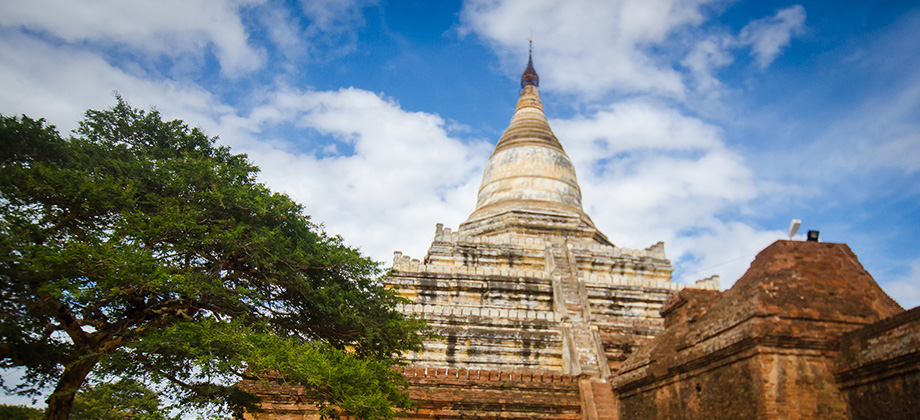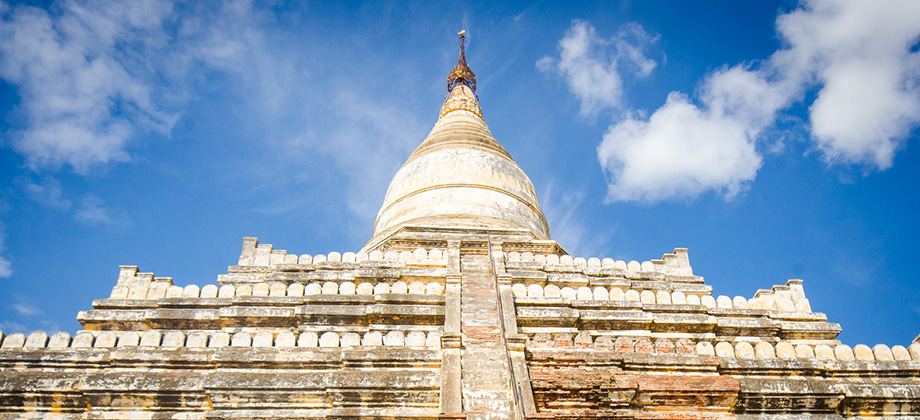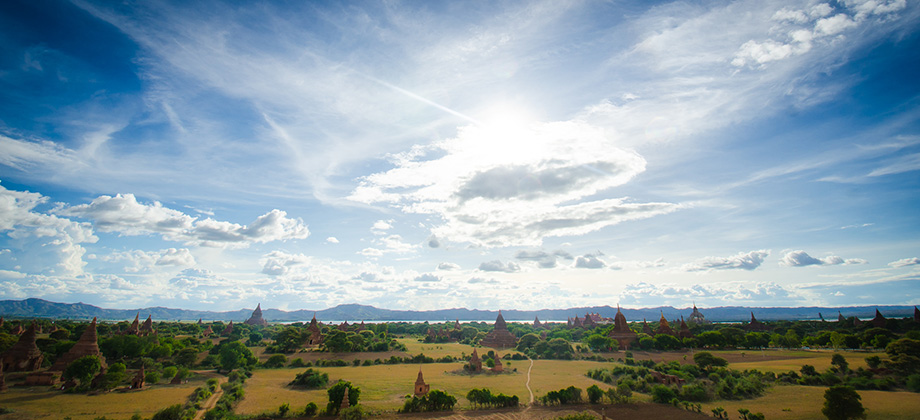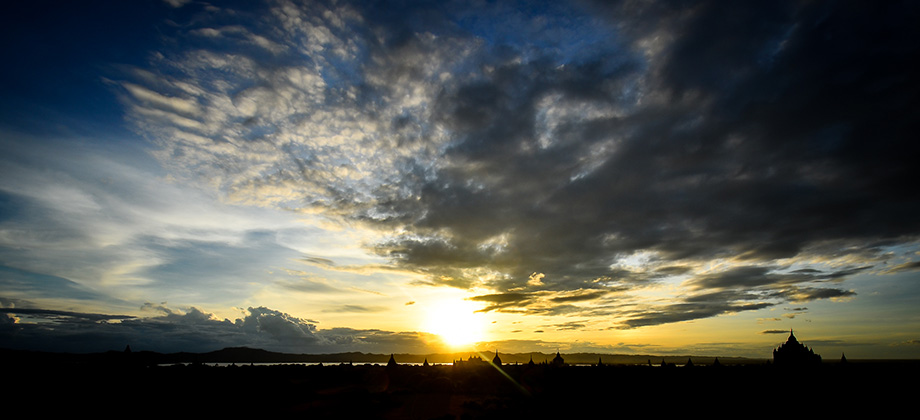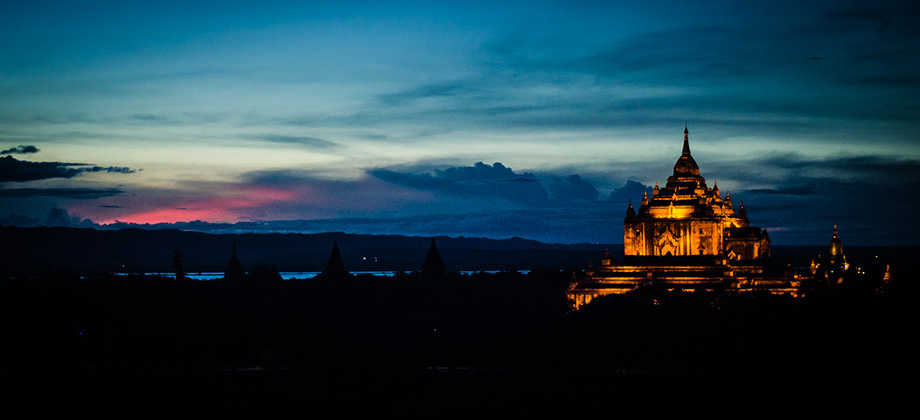July 20, 2013
Posted by Ramon Fadli in Budget, Cycling, Dry Broadleaf Forests, Mandalay, Myanmar, Semi-arid Steppe, Solo Hike, Sunrise & Sunset
Bagan
I ended up staying there for a while patiently waiting for the sweltering midday sun to pass. It struck me then that it felt nice to not do anything for a change, something entirely different from my usual cramming of the day with activities and reading. I also found it very humbling watching the locals go about their daily lives, the children running around playing made-up games and giggling with glee, still happy and seemingly unconcerned with the blatant poverty that surrounded them.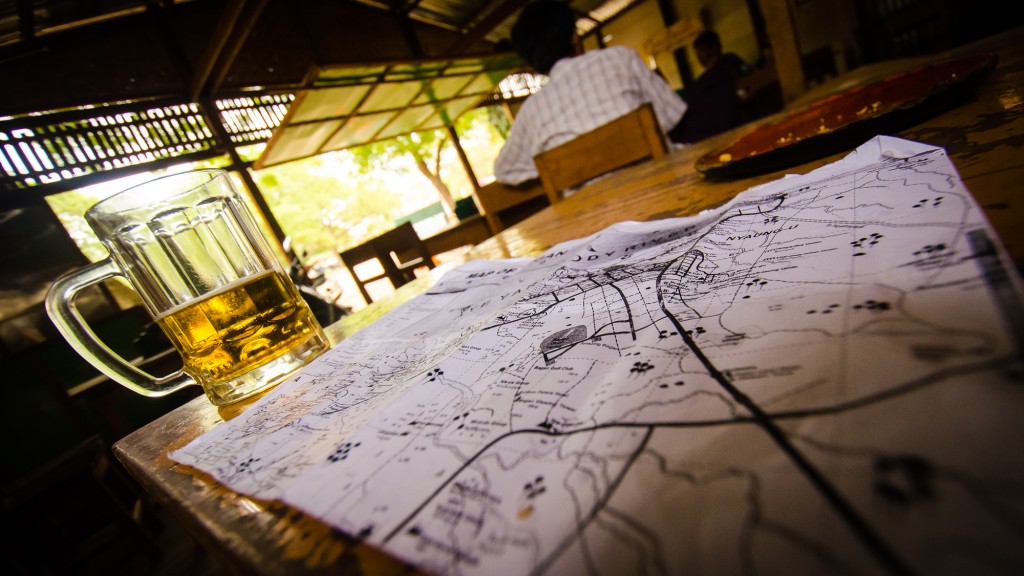
Ananda Temple
Type of monument : Temple based - Indian Style Structure
Location : south-east of Tharabar Gate
Region : Old Bagan
Built by : King Kyanzittha
Date : A.D 1105
Monument Number :
Ananda temple is considered to be one of the finest, largest, and best preserved of all the Bagan temples. The temple houses four 9.5 metre standing Buddhas that are supposed to represent the four Buddhas who have attained nirvana, with each one of them facing one of the cardinal points of the compass. The Buddhas that face north and south are both original and are in the position of 'dhammachakka mudra', which is a hand position that is supposed to represent the Buddha's first sermon. The Buddhas that face east and west however are replacements of statues that had been destroyed by fires. The former holds a small sphere between the thumb and the middle finger and is said to represent an offering of dhamma as a cure for suffering. The latter however is in the position of 'abhaya mudra', with the hands outstretched to indicate a lack of fear.
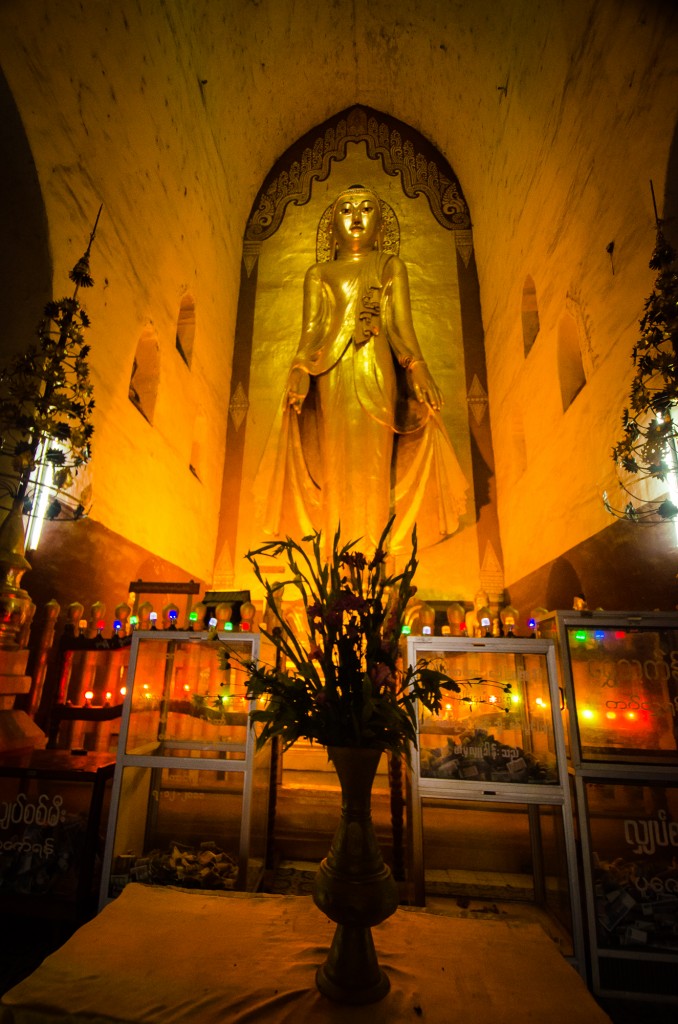
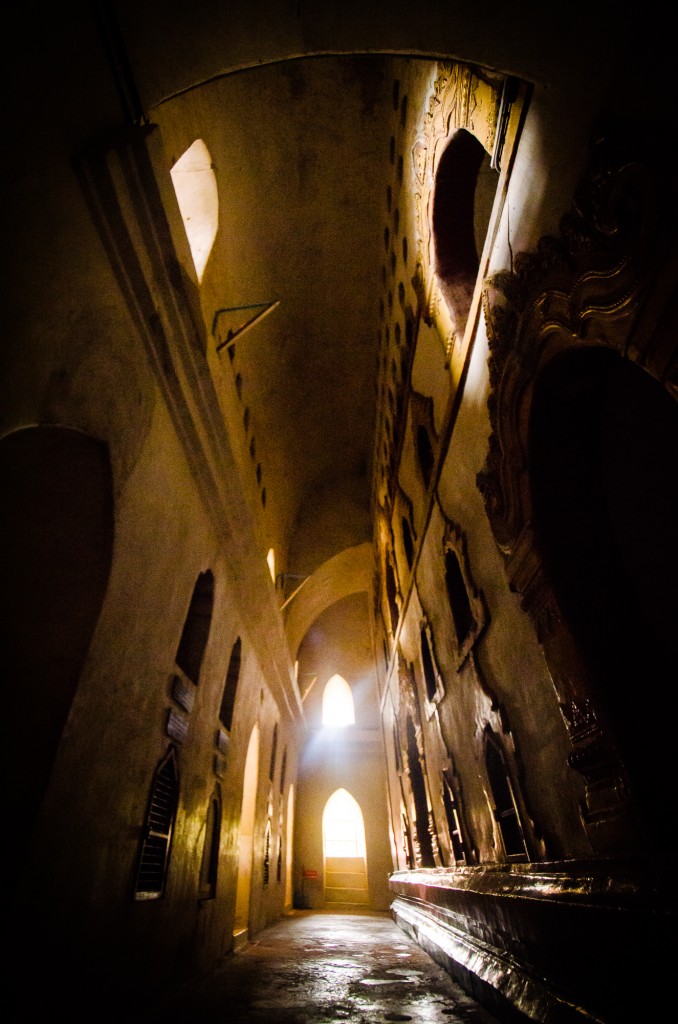 Each of the chambers that housed the Buddhas are connected to each other via long passageways in a jataka-adorned base that is 53 metres long. I found the chambers to be too crowded and the statues to be very ostentatious so spent a lot more time along the passageways instead. The passageways were filled with fascinating Buddha statues of all shapes and sizes looking down upon you perched up in niches along the walls. There were also plenty of other side tunnels and passageways that I would have loved to explore that intertwined and criss-crossed the main passageway that I was walking along.
Each of the chambers that housed the Buddhas are connected to each other via long passageways in a jataka-adorned base that is 53 metres long. I found the chambers to be too crowded and the statues to be very ostentatious so spent a lot more time along the passageways instead. The passageways were filled with fascinating Buddha statues of all shapes and sizes looking down upon you perched up in niches along the walls. There were also plenty of other side tunnels and passageways that I would have loved to explore that intertwined and criss-crossed the main passageway that I was walking along.
 According to local legend, there were 8 monks who came to the palace begging for alms (what else?). They told the king that they had once lived in the Nandamula Cave temple up in the Himalayas. The monks apparently had special powers that were able to show the king the mythical landscape that they spoke of. This went on to inspire the king to build a temple that would be cool in the middle of the searing Bagan plains. It is also said that the king executed the architects after the building was constructed just so that the temple would remain unique.
According to local legend, there were 8 monks who came to the palace begging for alms (what else?). They told the king that they had once lived in the Nandamula Cave temple up in the Himalayas. The monks apparently had special powers that were able to show the king the mythical landscape that they spoke of. This went on to inspire the king to build a temple that would be cool in the middle of the searing Bagan plains. It is also said that the king executed the architects after the building was constructed just so that the temple would remain unique.

